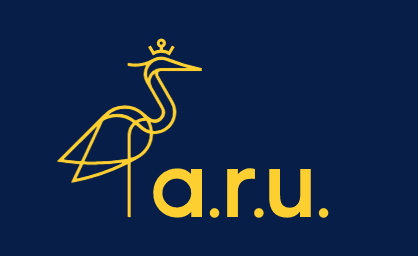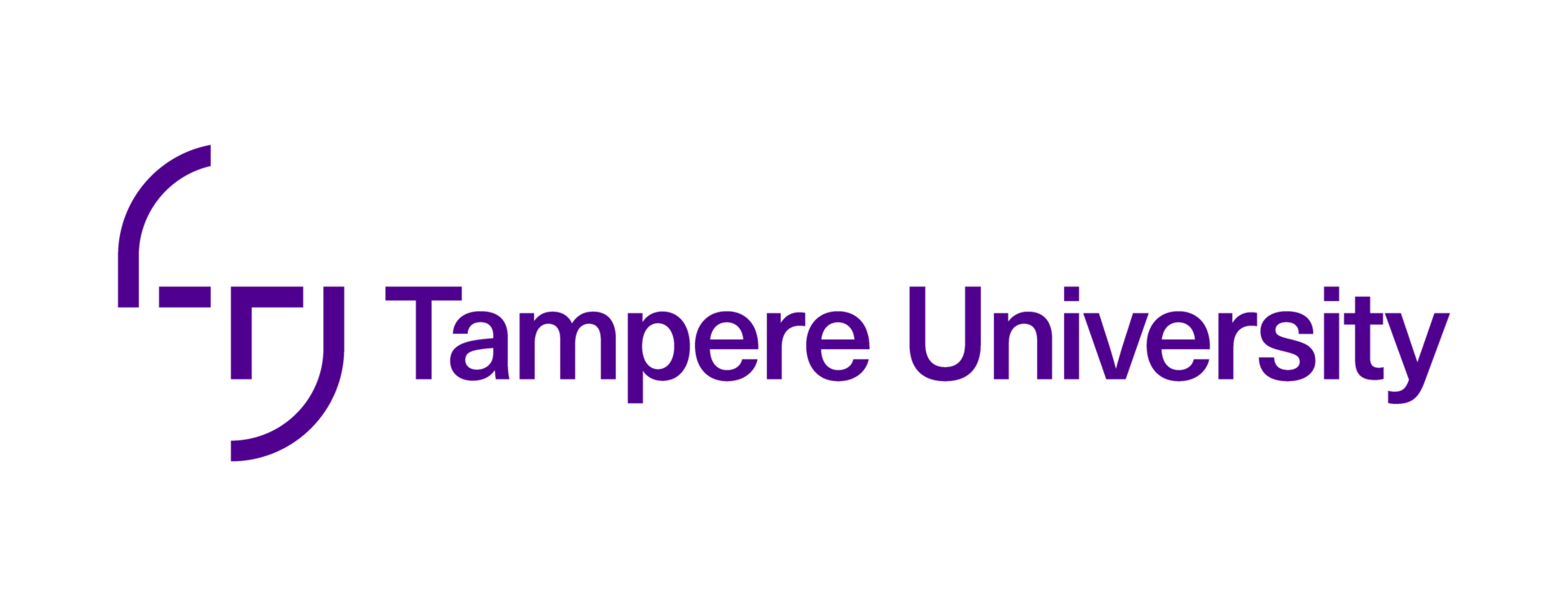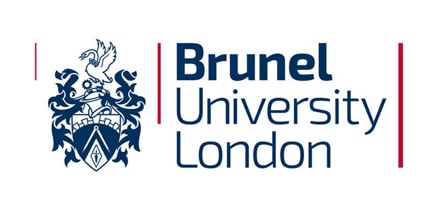Participatory arts, sport, physical activity and loneliness: the role of intangible assets
Downloads
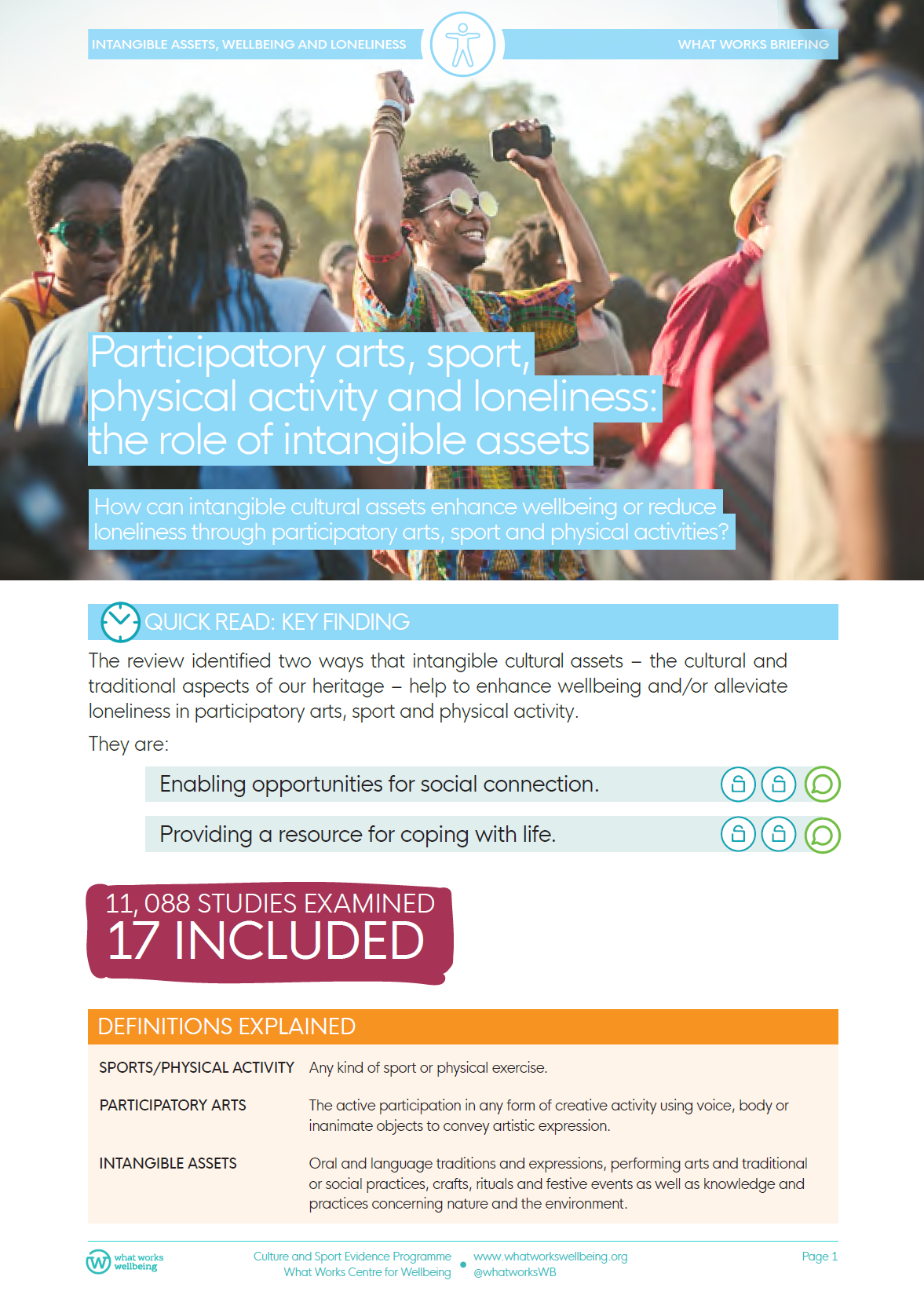
Quick read: key findings
The review identified two ways that intangible cultural assets – the cultural and traditional aspects of our heritage – help to enhance wellbeing and/or alleviate loneliness in participatory arts, sport and physical activity.
-
11088
studies examined
-
17
included
Definitions explained
- Sports/physical activity – Any kind of sport or physical exercise.
- Participatory arts – The active participation in any form of creative activity using voice, body or inanimate objects to convey artistic expression.
- Intangible cultural assets – Oral and language traditions and expressions, performing arts and traditional or social practices, crafts, rituals and festive events as well as knowledge and practices concerning nature and the environment.
Process map
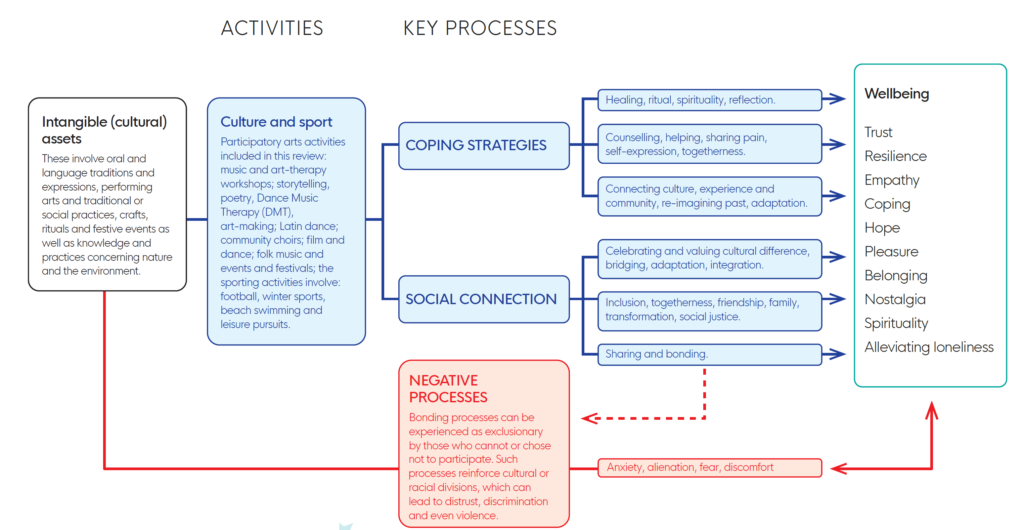
What do we mean by 'wellbeing' and 'loneliness'?
Wellbeing refers here to a range of different concepts in the evidence for this review:
- Wellbeing – The positive and/or negative psychological and emotional constructs of wellbeing. Positive wellbeing is associated with feelings of excitement, nostalgia, pleasure, a sense of freedom, kinship, security, support, being valued, recovery, restoration, a positive sense of identity, resilience and trust. Negative wellbeing is connected to feelings of fear, anxiety, discomfort (mental and physical) alienation, stigma and exclusion.
- Loneliness – The various unpleasant feelings associated with the absence of meaningful relationships (emotional loneliness), deficits in the quality and quantity of relationships (social loneliness) and as an expression of separateness from others (existential loneliness).
- Solitude – There is also evidence of the positive wellbeing impact of solitude (choosing to be alone) which can be a powerful force for calm and peace: a type of recharging experience when people need to break from human connection.
What evidence did we find?
Where you see the following symbols it indicates:
-
qualitative
-
quantitative
-
strongWe can be confident that the evidence can be used to inform decisions.
-
promisingWe have moderate confidence. Decision makers may wish to incorporate further information to inform decisions.
-
initialWe have low confidence. Decision makers may wish to incorporate further information to inform decisions.
Participatory arts and sport activities, including music/singing, swimming and other leisure pursuits, offer opportunities for the practice, performance and sharing of common cultural values or traditions. This allows the celebration, validation and affirmation of identity, and enables positive social connections and feelings of belonging.
Activities, including spiritual rituals and ceremonies – with dance; poetry and song; and football – also promote emotional connections through feelings of empathy, trust, hope, pleasure, self-expression and togetherness. Sporting activities can ease social tensions based on difference by emphasising the importance of taking personal responsibility for learning about others and developing inclusive experiences.
These experiences can be actively supported in the design and delivery of the programmes, to emphasise mutual respect and the
importance of bridging processes. Enabling opportunities to celebrate diversity by sharing, learning and via purposeful and meaningful
participatory arts and sporting activities can bridge the divide of culture, age, socioeconomic status or life experience.
Different groups of people can adapt and integrate within communities through activities such as dance, storytelling, choir and football; this can lead to personal transformation, empowerment, a celebration of diversity and an awareness of social justice.
Healing and ritualistic approaches emphasising spirituality enable people to cope and thus move on from their trauma, finding new ways to live life through enhanced wellbeing. Designing and including cultural traditions in participatory arts and sports, such as through spoken word, song, mediation, religious ceremony, sharing meals and poetry, can enable people to reconnect to their heritage and provide the opportunity for sharing, counselling, helping each other and self-expression.
It creates meaning and purpose so that people can cope better with negative feelings. Connecting culture, lived experience and community helps people to cope by preserving language and culture through participatory arts and sporting activities, including
storytelling, creative writing, engaging in museums collections and art-making, which can enhance positive feelings and a sense of belonging to a common heritage.
Reimagining history and intergenerational learning can also help people to cope with the struggles of life. Understanding cultural history, heritage and cultural traditions, through activities such as choirs, song and a retelling of the past, can develop resilience and trust by breaking down cultural barriers and building attachment to a group. This can help people adapt to
challenging situations, reframe a negative sense of self and emotions and address feelings of exclusion.
Evidence into action
- Develop local opportunities for inclusive participation
The evidence shows that intangible assets can be characterised by diversity and difference. Funding bodies
and organisations working within communities can support this by providing local opportunities for cultural and
sporting activities that allow for sharing experiences between people with different, overlapping, and similar
cultural backgrounds.
- Go beyond tolerance, and design for celebration of belonging
The review suggests that valuing and sharing cultural traditions, skills and practice is a way to help and heal
those involved. This can promote wellbeing and alleviate loneliness.
- Participatory arts and sport
The review shows that participatory arts and sport can encourage can encourage positive social connections and
meanings. This can enhance wellbeing and alleviate loneliness. To do this effectively, participatory art and
sport activities can be designed, delivered and promote inclusivity.
![]()
[gravityform id=1 title=true description=true ajax=true tabindex=49]

